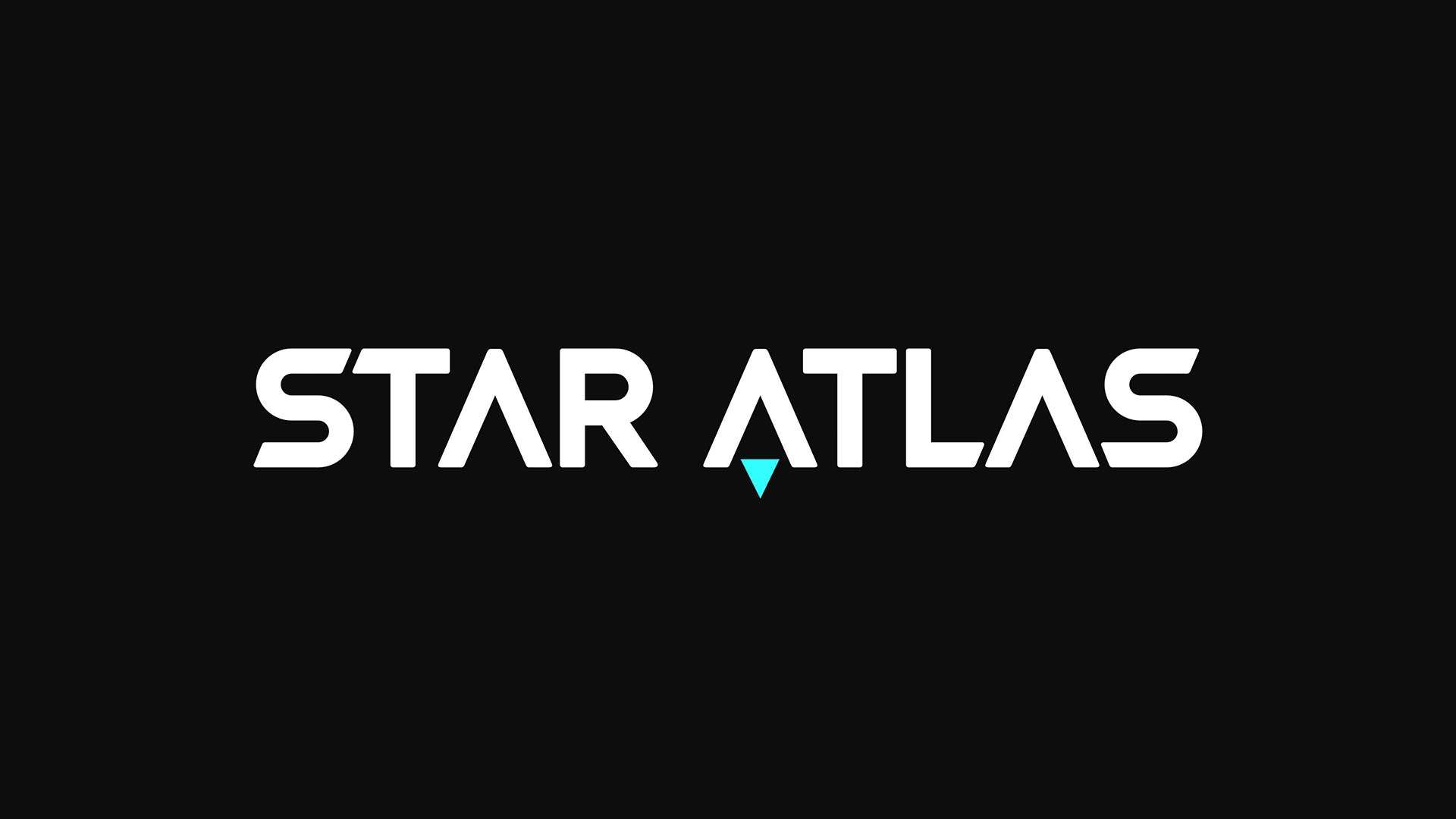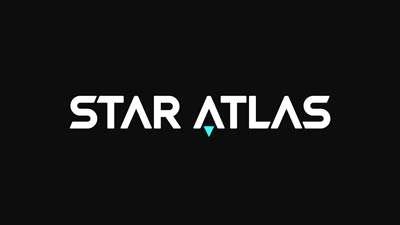
Play-to-earn gaming models and the potential of the “metaverse” are getting a lot of attention at the moment. Star Atlas is an in-development MMO built on Unreal Engine 5 and the Solana blockchain that combines both.
We recently sat down for an interview with Michael Wagner, co-founder and CEO at Star Atlas.
Let’s talk about you guys. What is Star Atlas?
Star Atlas is a virtual gaming metaverse of grand strategy, virtual space exploration and territorial conquest emerging from the confluence of state-of-the-art blockchain, real-time graphics, MMO gaming, and decentralized financial (DeFi) technology.
Built on the Solana blockchain, Star Atlas establishes a largely serverless and secured game experience and leverages Unreal Engine 5’s Nanite technology to create cinematic quality video game visuals.
Earlier this month, we launched a new feature-rich marketplace through an integration with the Serum Decentralized Exchange. The integration with Serum enables the Star Atlas community to seamlessly trade limited-edition NFT Star Atlas meta-posters and valuable in-game assets such as spaceships, land, or space exploration equipment to participate in a global in-game economy. This core launch lays the foundation for a fully-fledged metaverse marketplace and allows users to manage all of their asset transactions directly in the Star Atlas platform.
Some people see crypto games as a money-making machine instead of actually playing for fun. Why is an MMO like Star Atlas different?
What truly sets Star Atlas apart from other MMO/RPGs, is the underlying technology powering the Star Atlas metaverse. By leveraging AR, VR, NFTs, and DeFi, we’re creating a fully immersive gaming experience in which users create new worlds and interact globally.
We believe Solana is one of the only protocols capable of supporting a AAA gaming universe delivered entirely on-chain. Solana enables high transaction throughput of greater than 50,000 transactions per second, sub-second finality and low transaction costs, which are extremely important for game development. This advanced tech stack enables us to deliver not only a global crypto-powered economy, but a thriving virtual ecosystem in which players collaborate, build, and learn together.
Even though the NFT boom that we saw months earlier has slowed, the market is still solid. There are a lot of video game options in particular. What sets Star Atlas apart from the competition?
The previous cycle in NFTs was largely oriented towards artists and creators. More specifically, the focus was on digital collectibles. Our emphasis is on utility-driven assets that offer value in a number of different ways.
Our largest differentiators are our product quality and scope of development. Developing to AAA caliber implies we open up both this game, and the future metaverse, to a much larger demographic of hardcore gamers – of which there are some 3 billion around the world. While not a criticism of games in the market today, the mechanics and graphics of “blockchain games” tend to be somewhat rudimentary. The Star Atlas experience will captivate players with cinematic quality graphics delivered by Unreal Engine 5, leaving them with an experience that is hardly discernible from reality.
Further, the metaverse entails far more than a video game experience. It is an entire economy, and one that has the potential to completely disrupt legacy web UI and transform how people shop online. Imagine shopping for your favorite pair of Nikes within the game and then having a pair physically delivered to your house.
Can you talk more about the security of the game? How does it incorporate and use blockchain technology?
Blockchain is a decentralized, immutable database that is secured by its network. The larger the network, the more secure it is. The data stored on-chain represents a digital form of a tangible asset and cannot be replicated or destroyed. This makes currency a viable use case for the blockchain.
In Star Atlas, we plan to implement both fungible and non-fungible assets to represent player assets. As such, players truly possess the keys to those assets, providing security that is nearly impossible to compromise, with the exception of user error.
As mentioned before, the Solana blockchain’s breakthrough in transaction throughput sets the stage for a largely serverless online multiplayer game. Solana currently has an extremely high throughput which allows 50,000 transactions per second, which will only increase as the network grows. This feature allows gameplay interactions between assets to be recorded in real-time and bypasses the need for a robust traditional server backend for online multiplayer games.
Given Star Atlas has the potential to attract a mass audience beyond the blockchain realm, we view the Star Atlas metaverse as a gateway into the crypto space.
How do you see Star Atlas fitting in the metaverse?
Many have defined the metaverse as a collective virtual shared space, created by the convergence of virtually enhanced physical reality and physically persistent virtual space. It’s not an isolated idea, but the sum of AR, VR and the power of the new internet.
Just like the universe, the metaverse offers infinite choice and possibility, and it fulfills society’s desire to redefine who we are. We do not believe Star Atlas fits “within” the metaverse, but rather that Star Atlas is the manifestation and representation of the metaverse and its future.
Do you think that play to earn is the logical evolution of gaming – from free-to-play and microtransactions to play-to-earn/crypto?
Without question, this model will disrupt the way game developers think about building their products in the future. Traditional forms of producing assets or generating wealth have accelerated with the advent of virtuality. Just like any other industry, play-to-earn allows individuals, creators, and innovators to choose how they build their wealth in this brave new world.
The play-to-earn model evolves from a transactional system to a participatory system. The wealth is distributed based on contribution and there’s equal opportunity for everyone. I truly believe that the metaverse will be the largest employer of the human species in the future.
Are there any plans to bring this to consoles?
Since Star Atlas will run on Unreal Engine 5, we will have full capability to port over to consoles. While not our immediate focus, I would anticipate we pursue that route when the time is appropriate.
What can you tell us about the in-game economy? How does it work and how is it different from other MMOs?
Star Atlas operates a dual token economy with two crypto-native assets: ATLAS and POLIS.
ATLAS is the transactional currency of the game. It’s effectively the in-game gold and the lubricant of the digital economy. ATLAS is used for virtually every transaction within the metaverse and will also be one of the primary financial reward mechanisms for gamers.
POLIS is a dual-purposed governance token. Within Star Atlas, POLIS provides the token-holder with strategic benefits of political domination such as controlling a region of space, enforcing taxation on other players, and influencing the rules, laws, fines and fees within the micro-metropolis. Externally, POLIS provides holders with true governance rights over long-term development decision making. We anticipate these micro-metropolises to be largely guided by the voting activity of the Star Atlas community.
